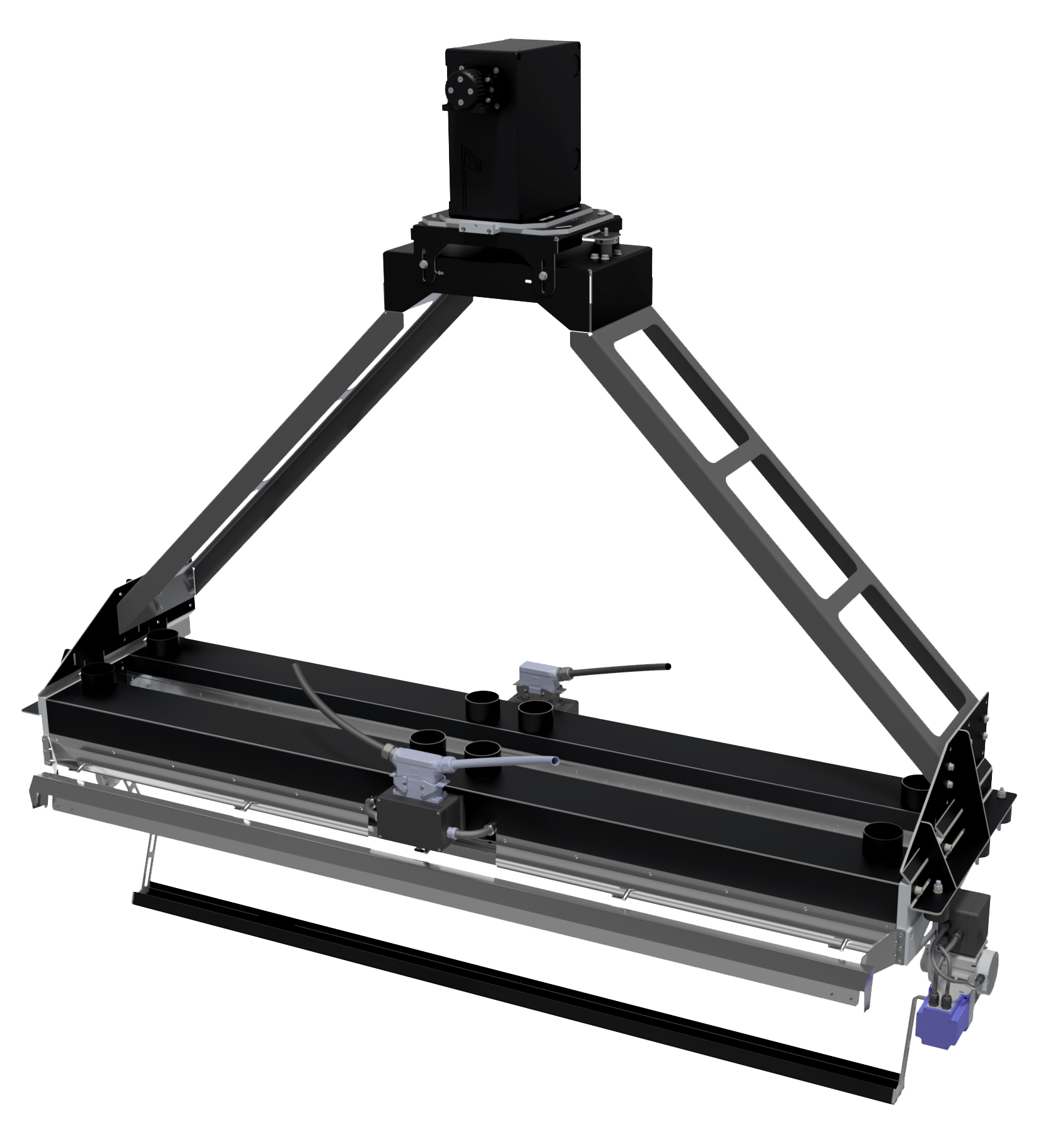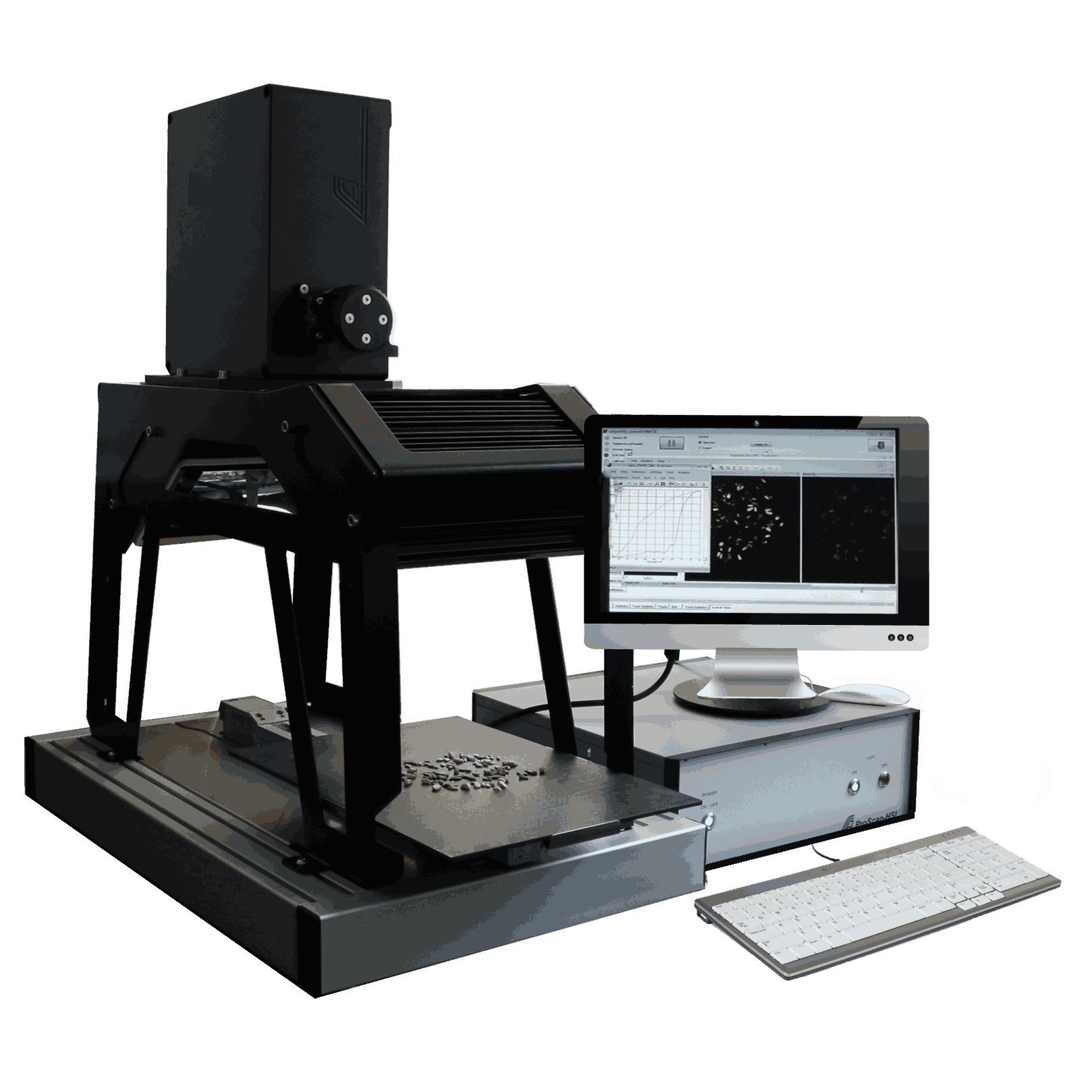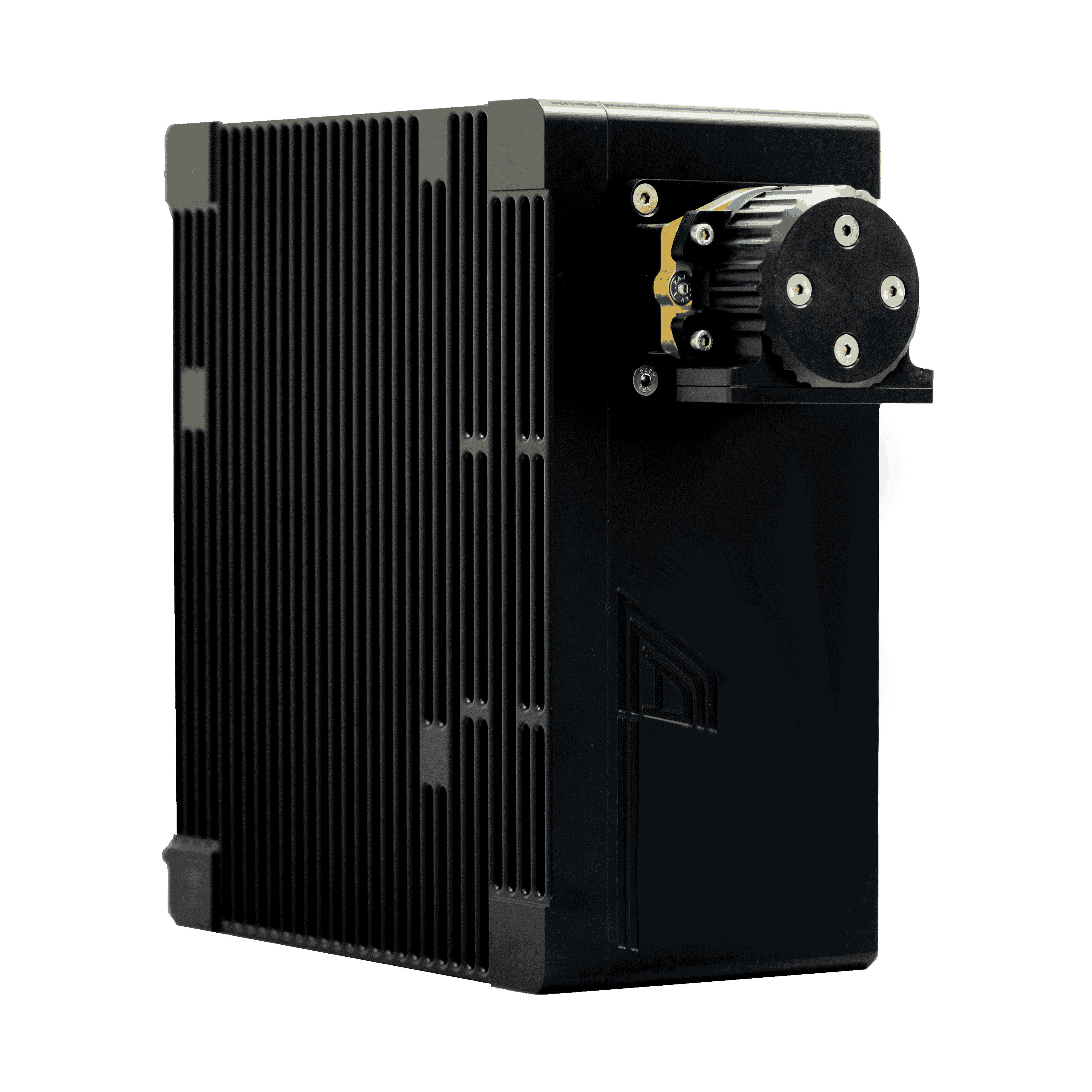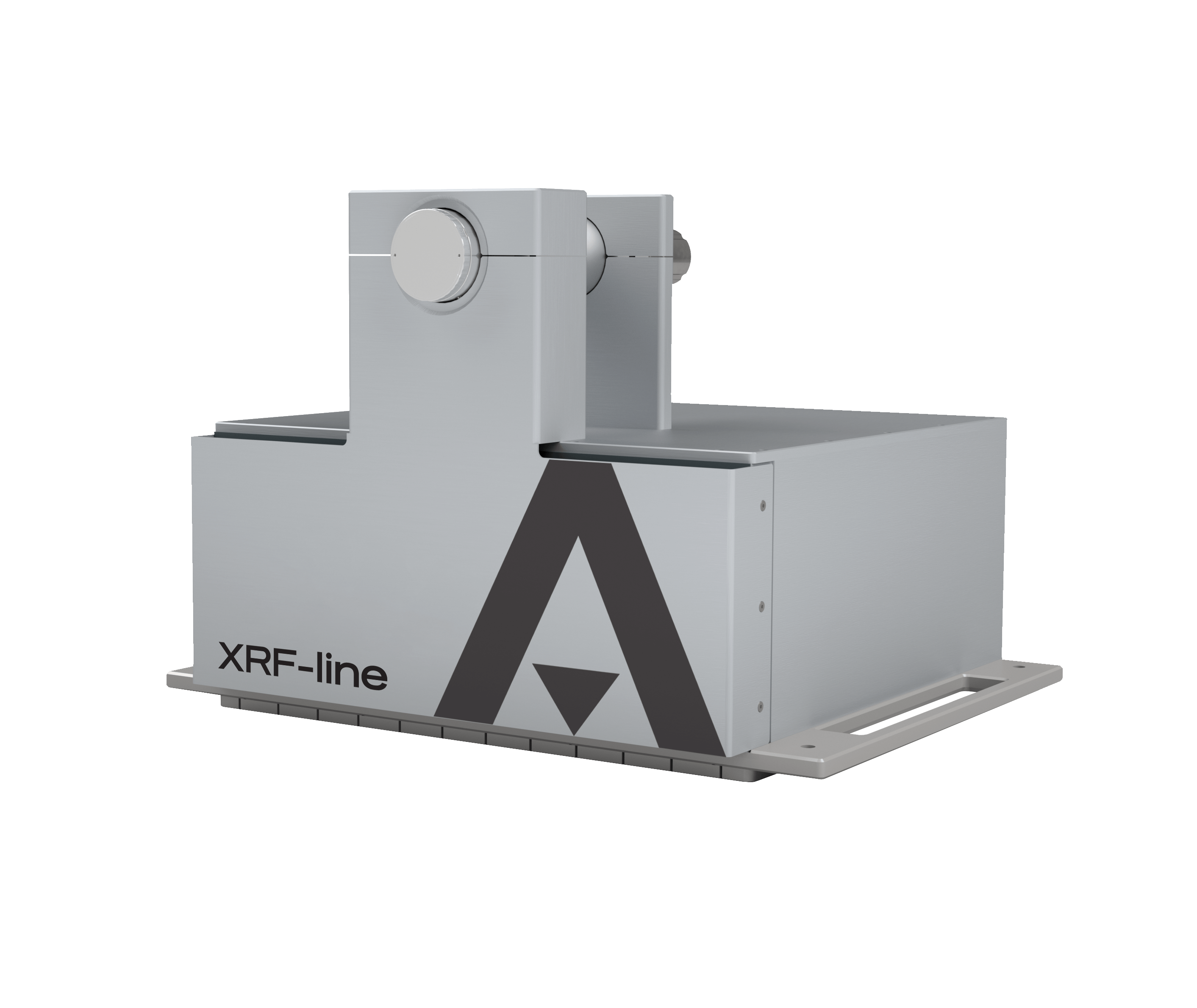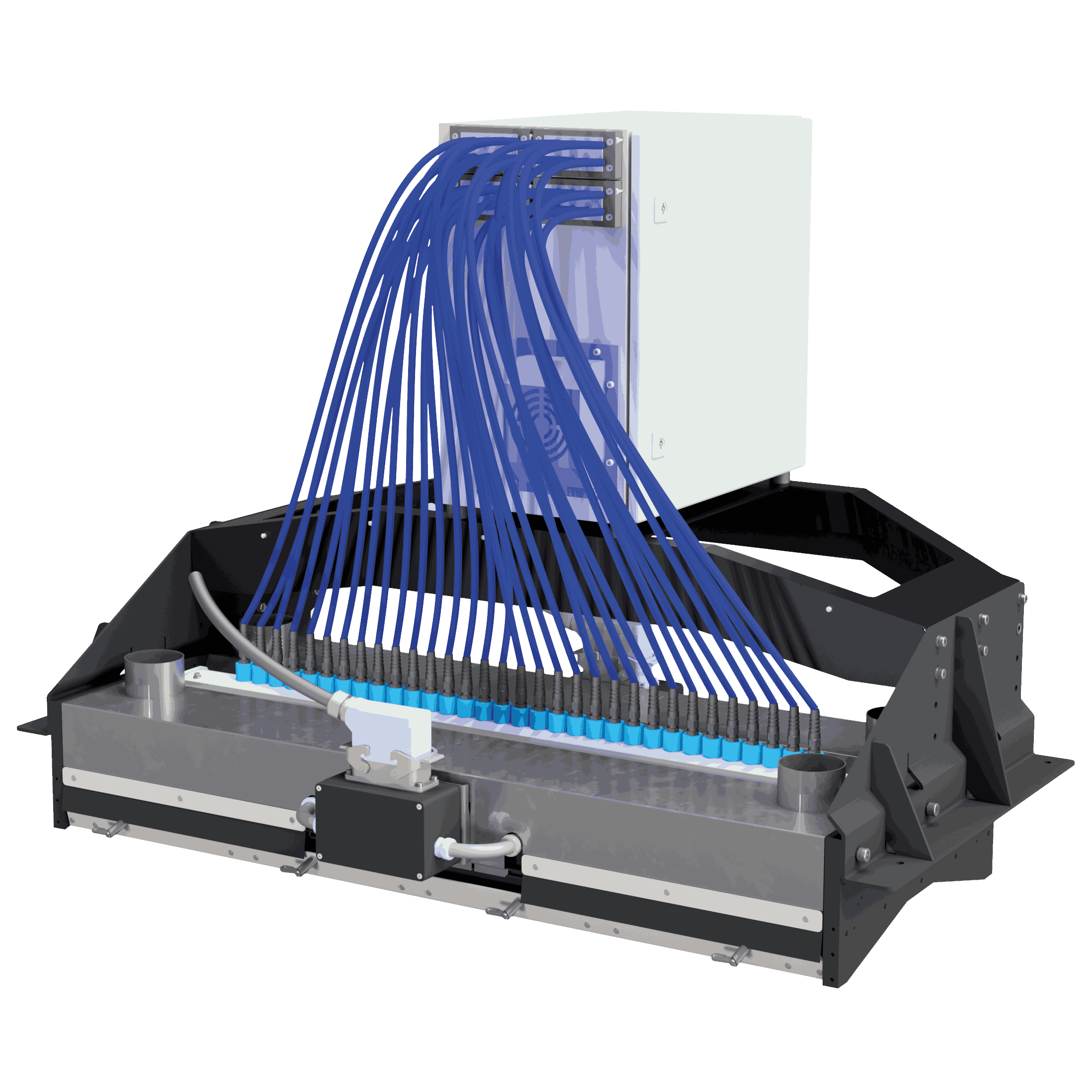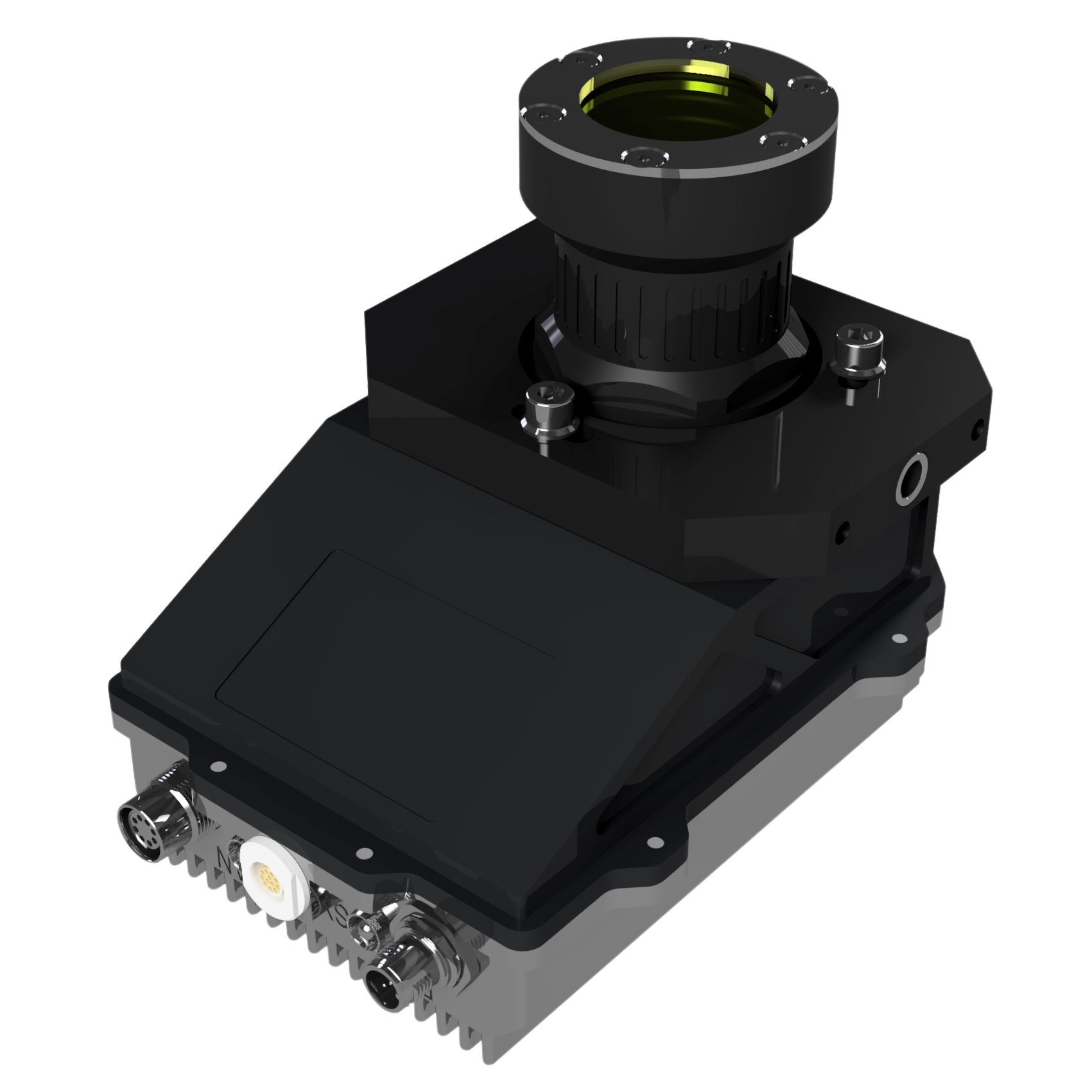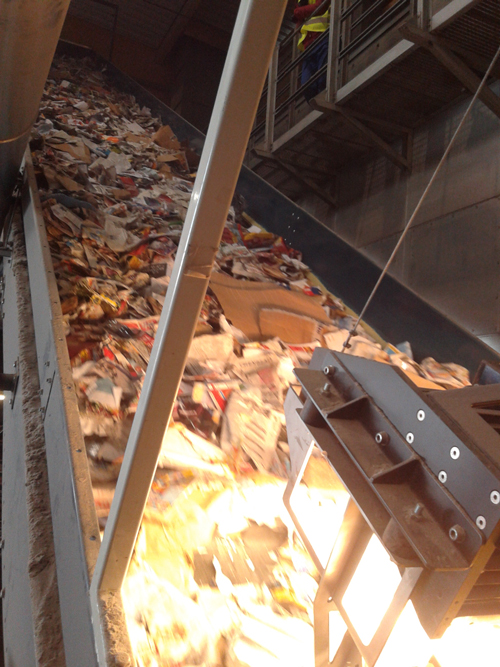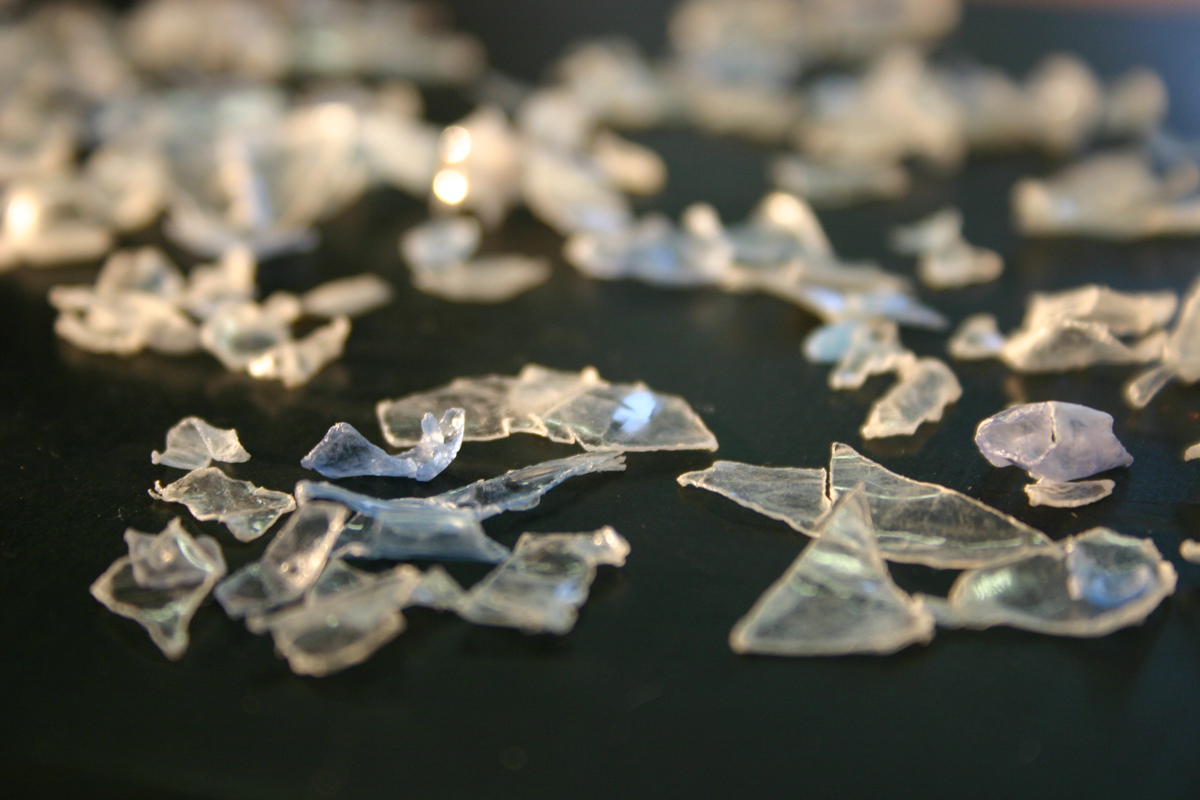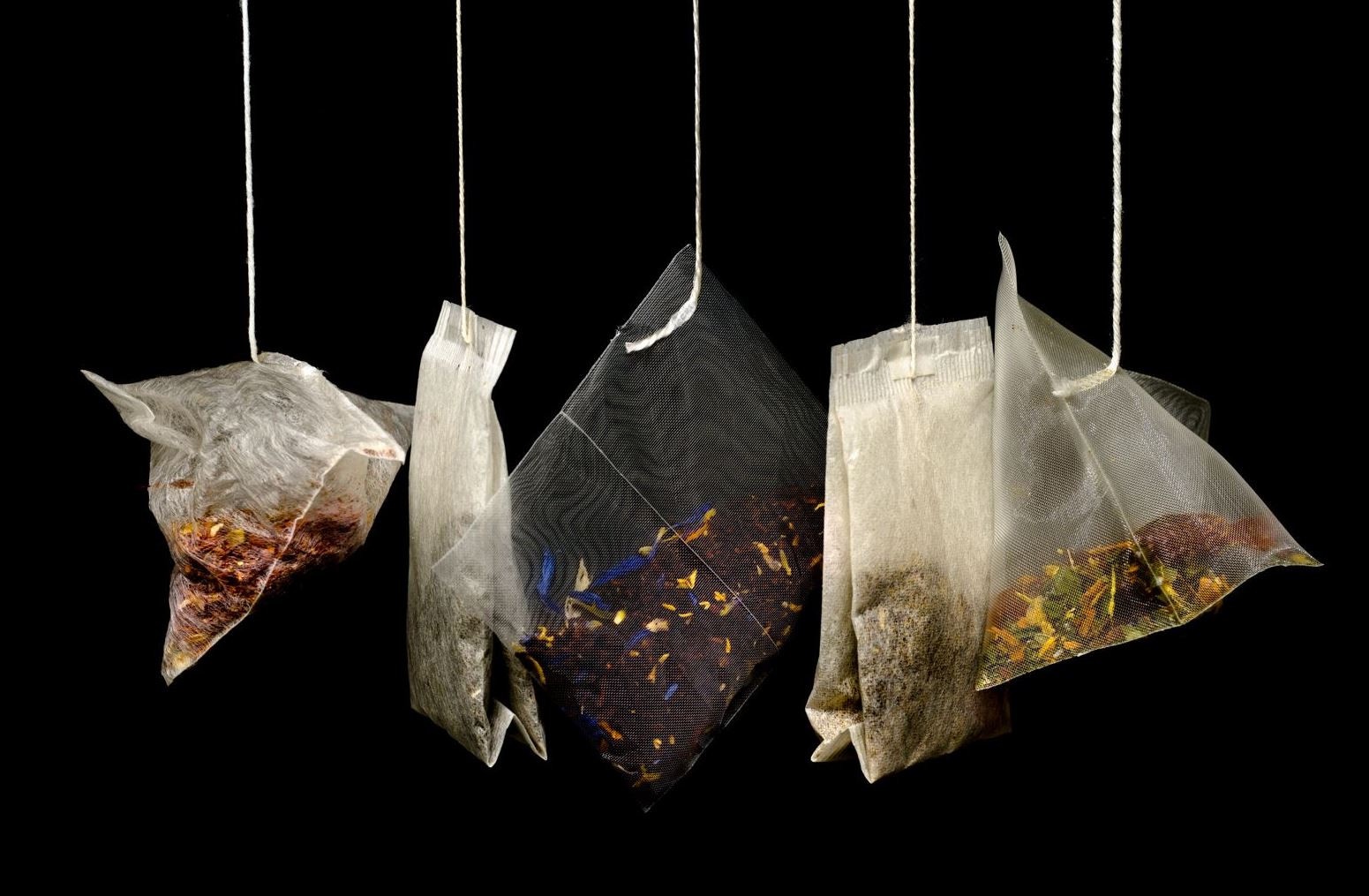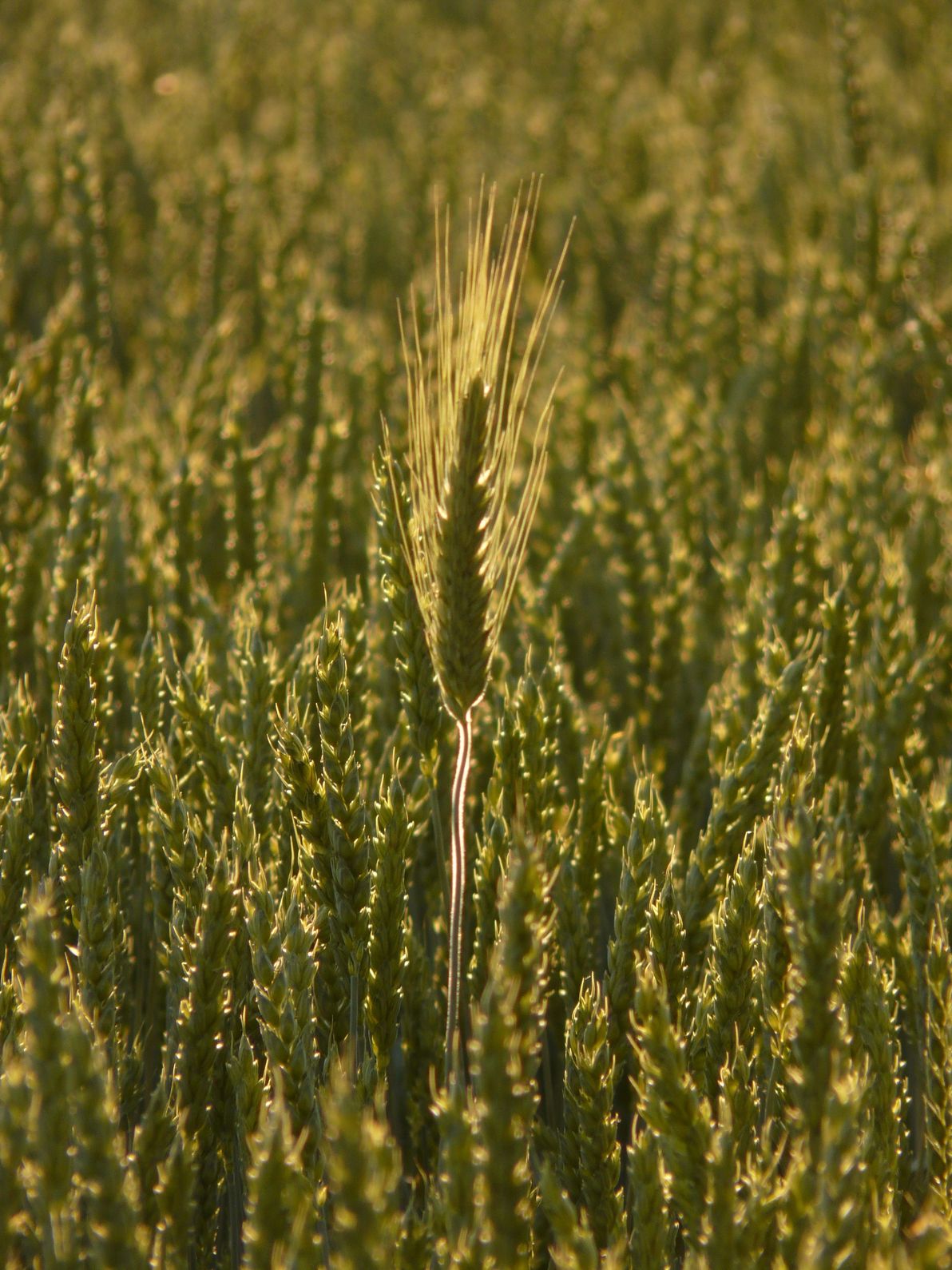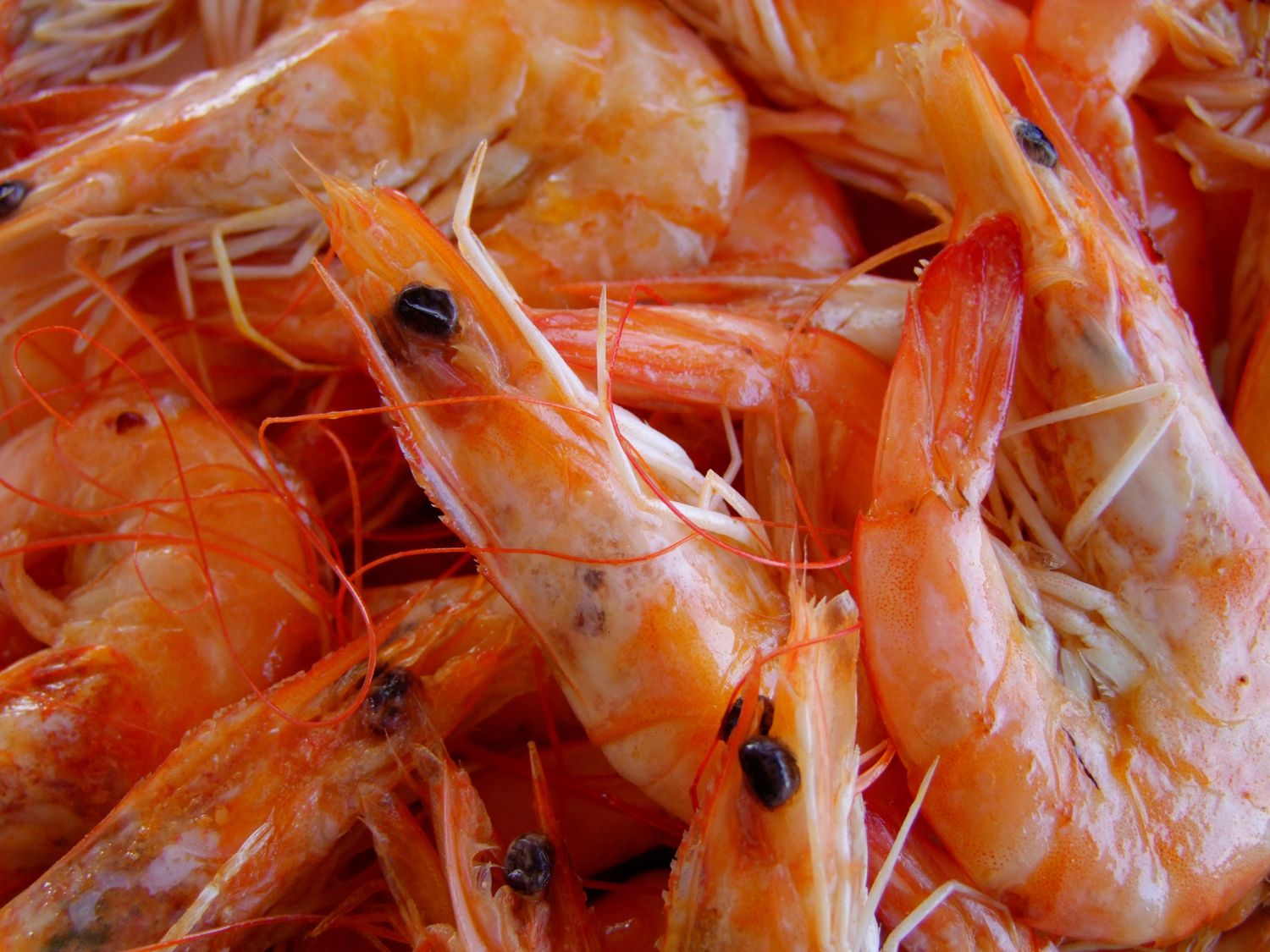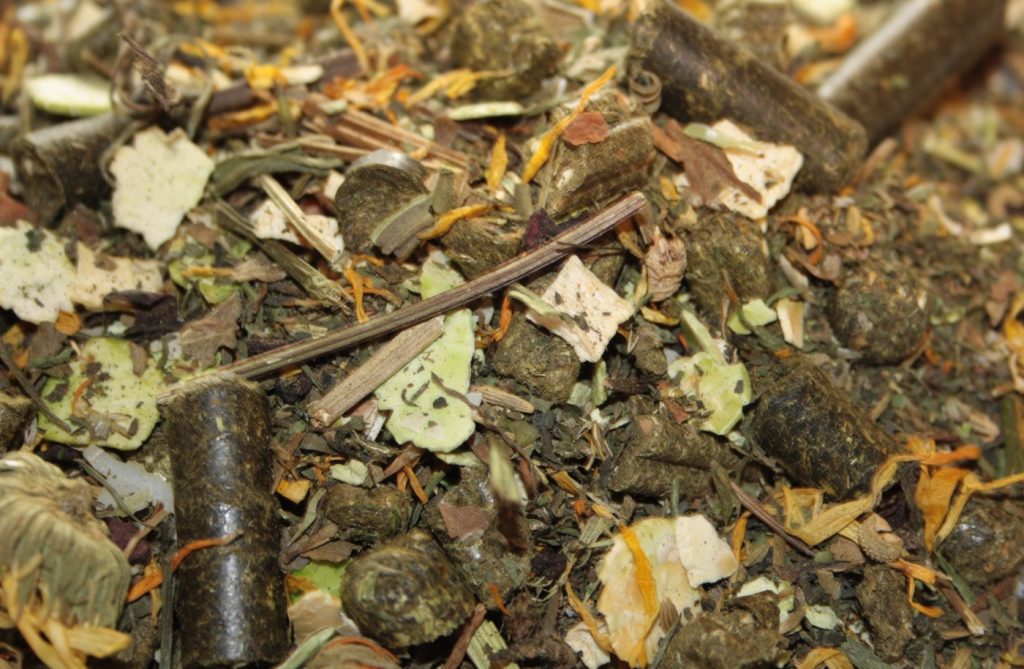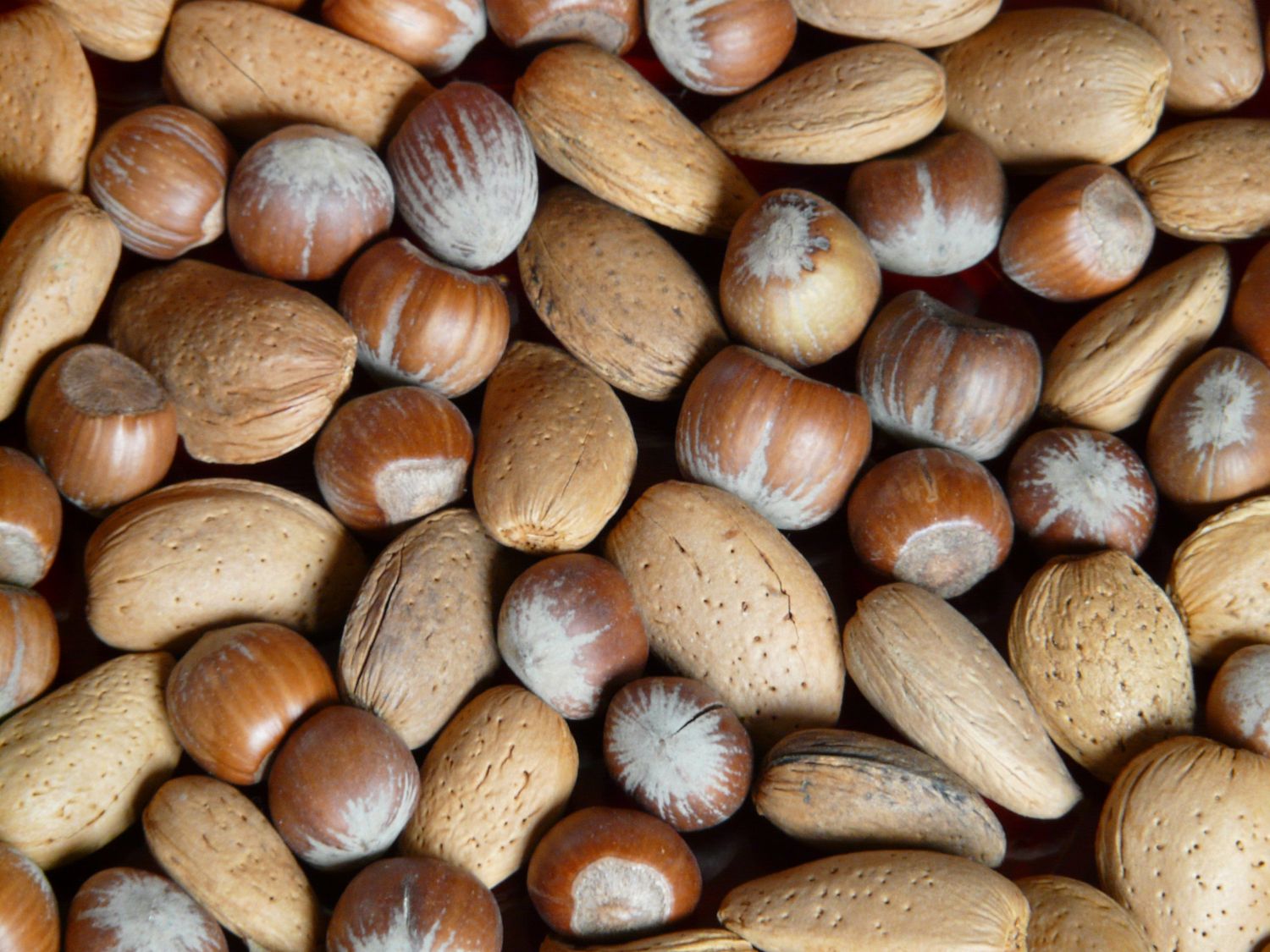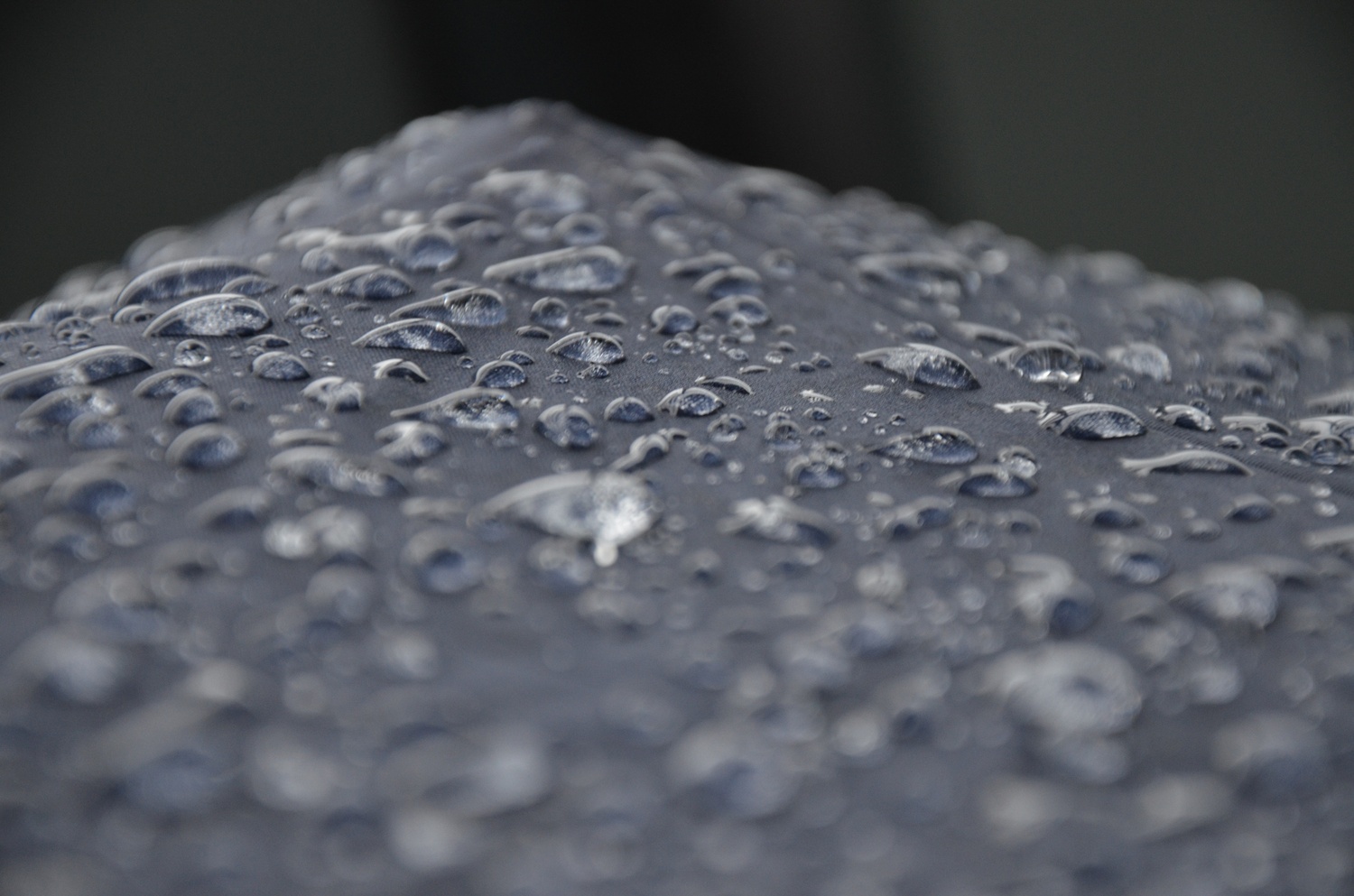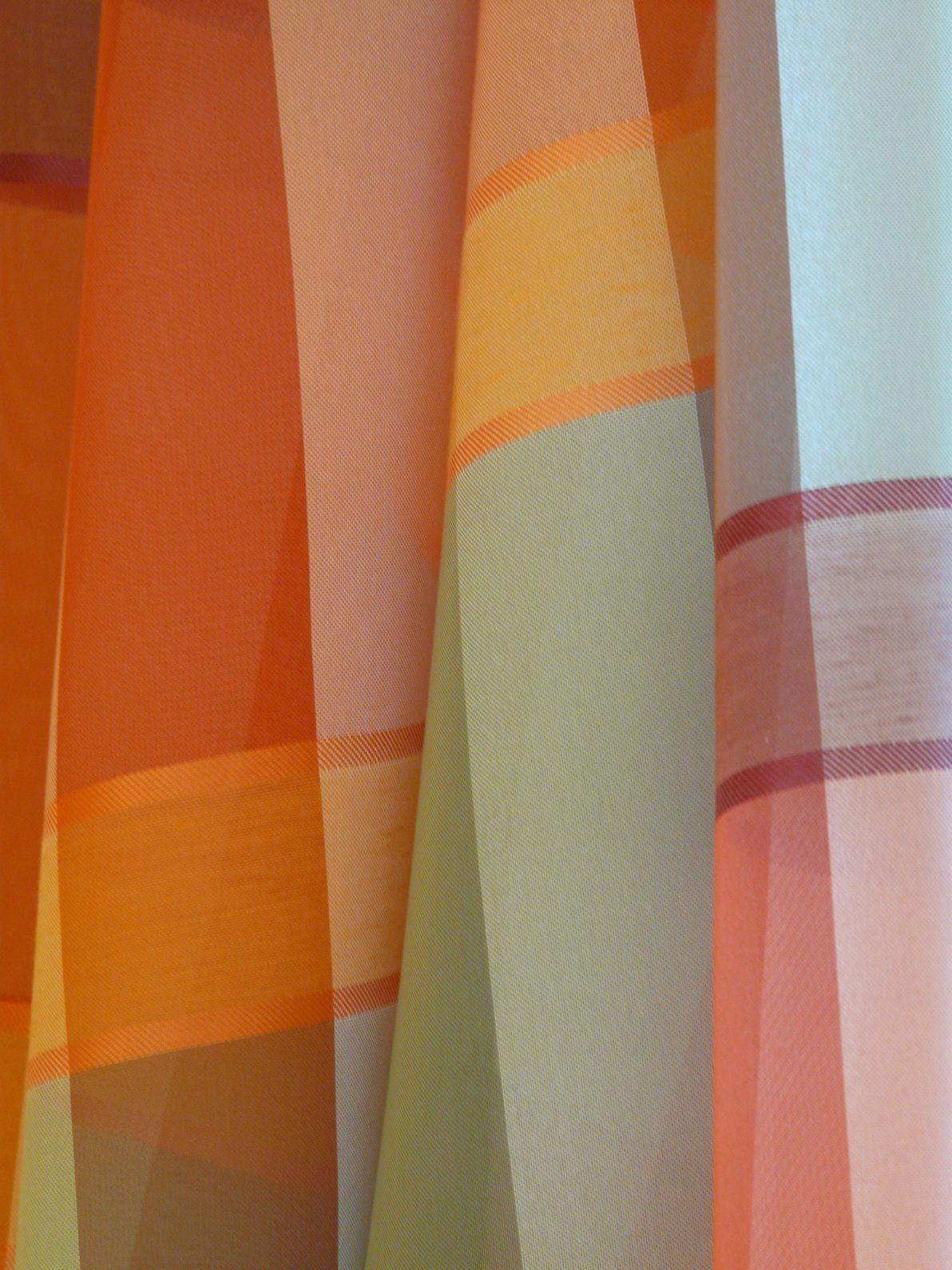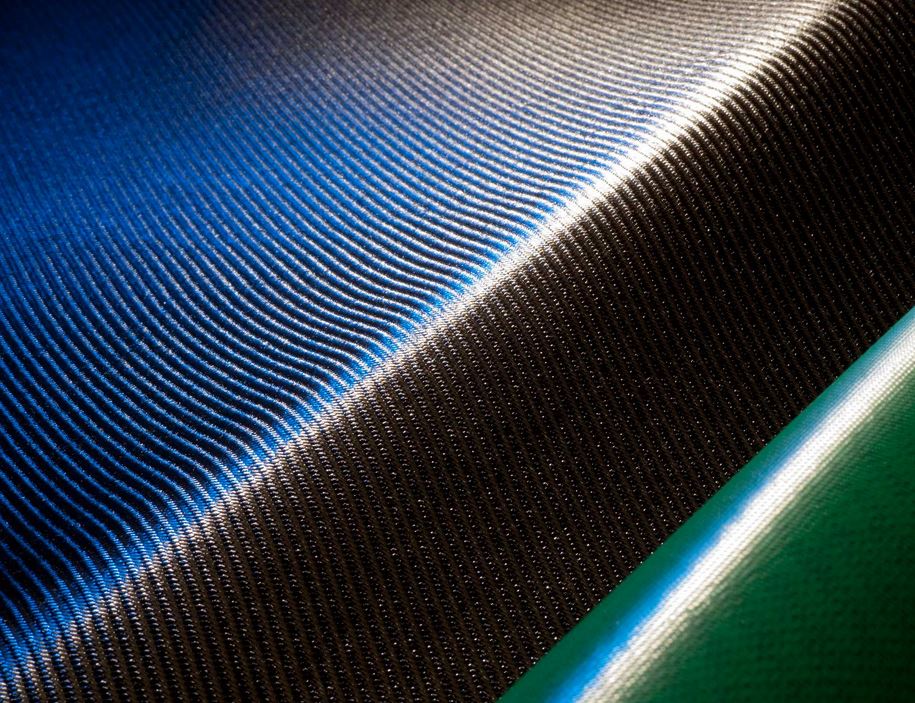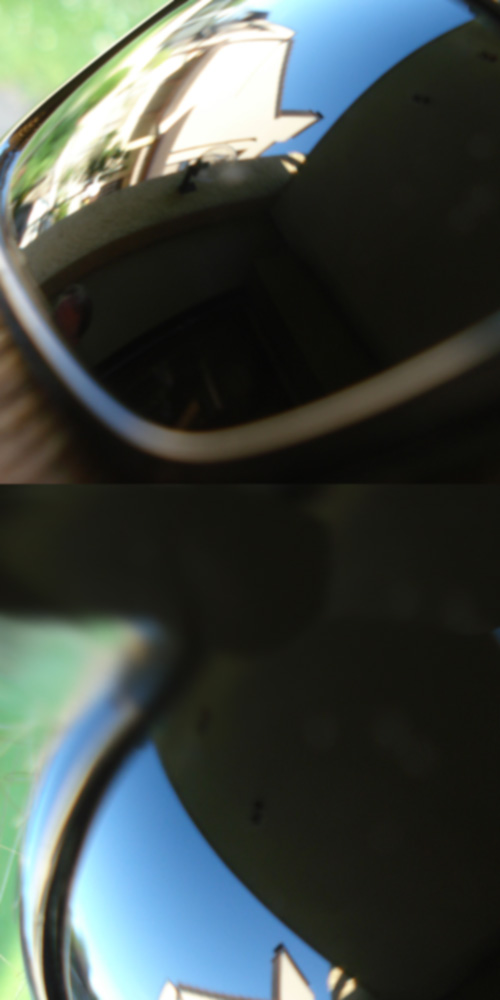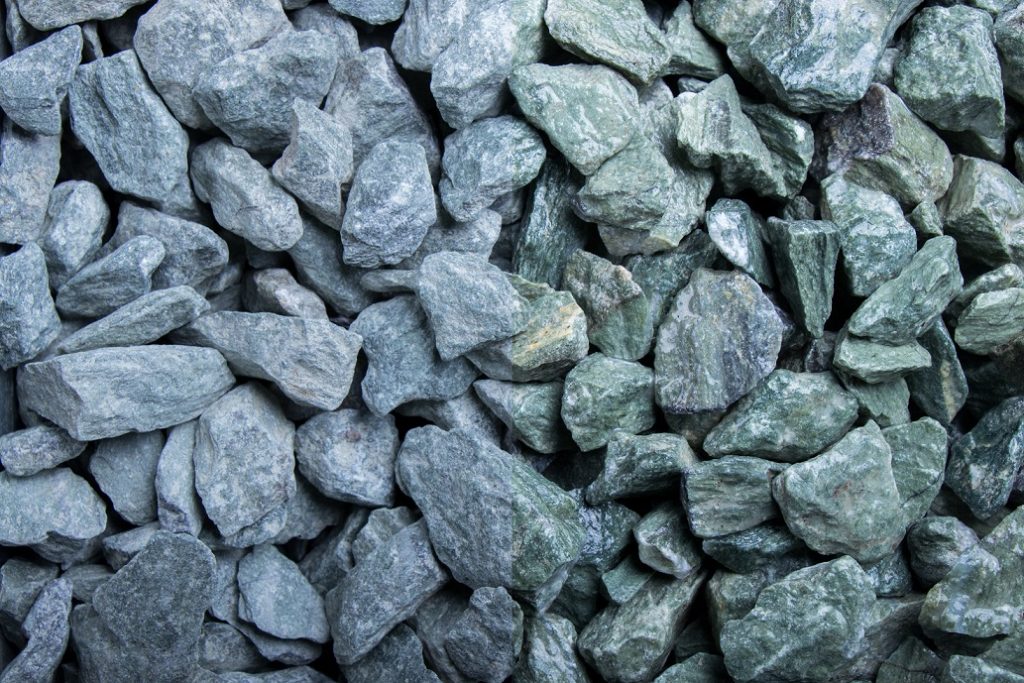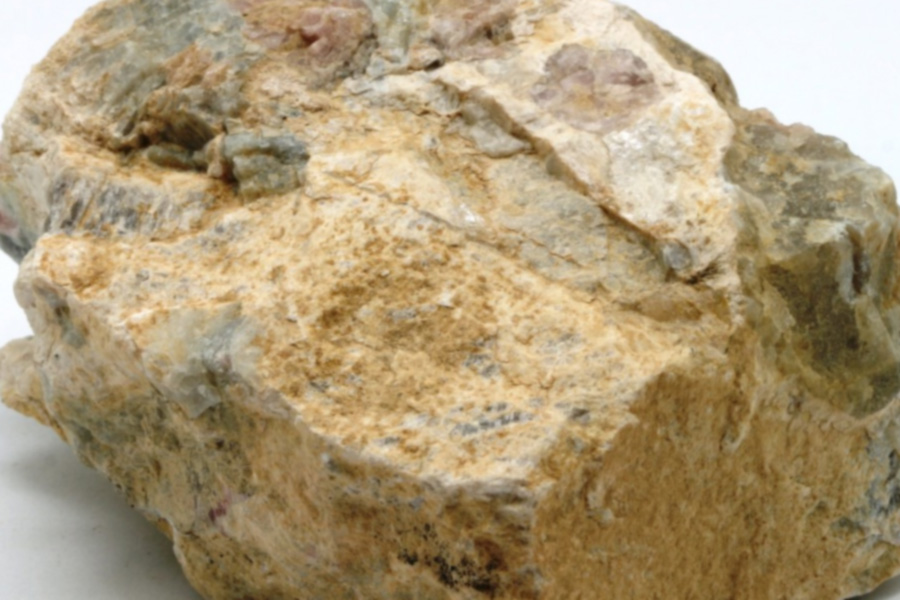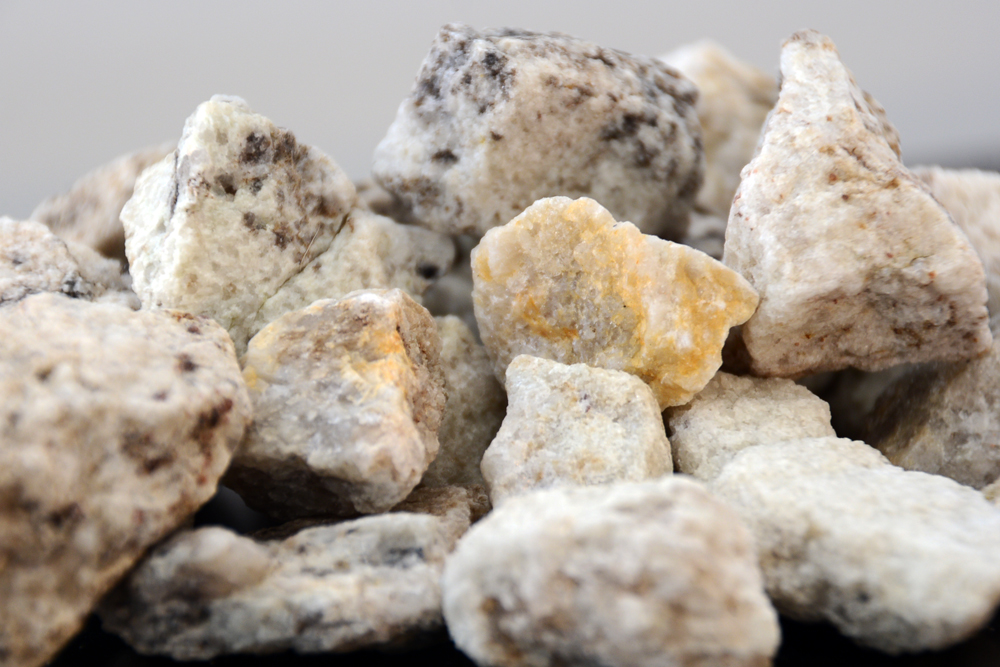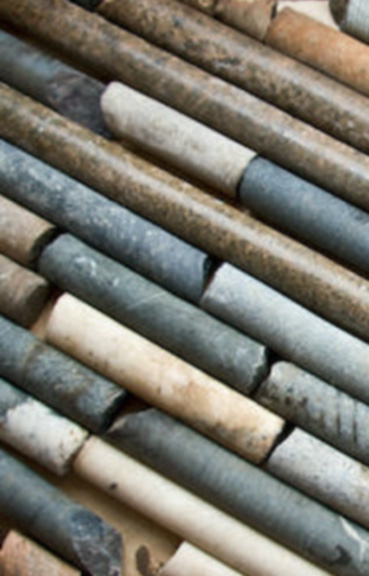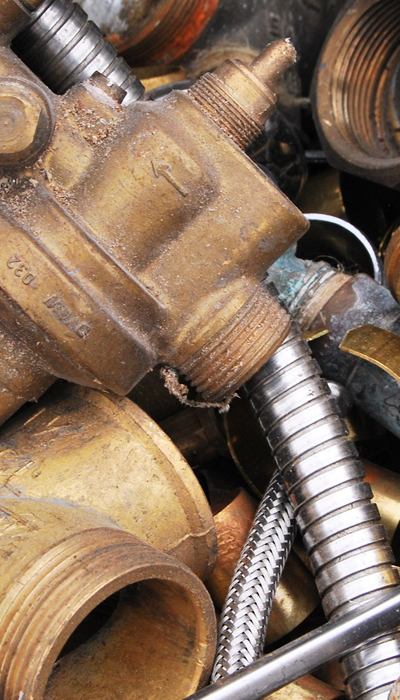Home / Applications / Food Processing
Food, Feed & Agriculture
Applications in the food industry
Digitised manufacturing and industry technologies, which are also called Industry 4.0 technologies, are now increasingly used in modern food processing and agriculture to ensure seamless harvest control and process monitoring.
LLA’s NIR and VIS hyperspectral cameras are easy to integrate into an Industry 4.0 environment and offer numerous applications for non-contact and spatial resolution analysis of food and plants. Real-time analysis results are then used for seamless quality assurance or sorting applications. We present some of our applications in detail below.
Is your application case not listed? Feel free to contact us for a free preliminary study.
Content:
- Online monitoring of fruit and vegetables
- Real-time analysis of legumes and cereals
- Monitoring of fish, meat and sausage products
- Online product control of bakery products
- Online quality control of nuts and dried fruit
- Online quality control of spices, herbs and tea
- Agriculture and vertile farming
- Online quality control of coffee, cocoa and tobaco products,
- Online quality control of feed mixers

Online monitoring of fruits and vegetables
WE RECOMMEND: The hyperspectal imaging cameras KUSTA 0.9 or KUSTA 1.7, in combination with software module idFruit/ idVegetable
Whether fruits or vegetables (e.g. apples, tomatoes, onions, beans or berries,…), the products can be quickly and reliably identified by using NIR and SWIR technology KUSTA 0.9 or KUSTA 1.7 to detect impurities such as wood, paper, plastics, stones or insects. As a result, this technology is ideally suited for the usage in optical sorting systems. In contrast to conventional RGB sensor systems, differences in colour and shape between product and impurity are not necessary for a successful sorting process.
Real-time analysis of legumes and cereals
WE RECOMMEND: The hyperspectal imaging cameras KUSTA 0.9 or KUSTA 1.7, in combination with the software module idGrain.
Legumes and cereals such as peas, beans, lentils, wheat, barley etc.can be quickly and reliably identified by using NIR / SWIR technology KUSTA 0.9 or KUSTA 1.7 to detect impurities such as wood, plant residues, plastics or stones. As a result, this technology is ideally suited for the usage in optical sorting systems. In contrast to conventional RGB sensor systems, differences in colour and shape between product and impurity is are not necessary for a successful sorting process. NIR / SWIR technology is characterised by contact-free detection and very fast measurement speeds.


Monitoring of fish, meat and sausage products
WE RECOMMEND: The hyperspectal imaging cameras KUSTA 0.9 or KUSTA 1.7, in combination with the software module idMeat
Whether in fish or meat products (e.g. sausage, poultry, venison, lamb, pork and beef), impurities such as packaging residues, blood residues, cartilage or bones can be quickly and reliably identified by using SWIR technology KUSTA 1.7 or KUSTA 1.9. Thus, this technology is ideally suited for the usage in optical sorting systems. In contrast to conventional RGB sensor systems, differences in colour and shape between product and impurity is are not necessary for a successful sorting process.
Online product control of bakery products
WE RECOMMEND: The NIR spectrometer KUSTA 0.9, or the NIR hyperspectral camera KUSTA 1.7
Impurities such as production- and baking residues as well as stones can be quickly and reliably identified by using NIR / SWIR technology KUSTA 0.9 or KUSTA 1.7 Thus, this technology is ideally suited for the usage in optical sorting systems. In contrast to conventional RGB sensor systems, differences in colour and shape between product and impurity is are not necessary for a successful sorting process.


Online quality control of nuts and dried fruit
WE RECOMMEND: The NIR hyperspectral camera KUSTA 0.9, or KUSTA 1.7
In nuts and dry fruits (e.g. almonds, hazelnuts, walnuts, dates, figs…), impurities such as shells, plant residues, stones as well as plastics, wood and paper can be quickly and reliably identified by using SWIR technology KUSTA 1.7.
Therefore, this technology is ideally suited for the usage in optical sorting systems. In contrast to conventional RGB sensor systems, differences in colour and shape between product and impurity is are not necessary for a successful sorting process.
Online quality control of spices, herbs and tea
WE RECOMMEND: The NIR hyperspectral camera KUSTA 0.9, or KUSTA 1.7
Spices, herbs and teas may contain of impurities such as shells, plant residues, stones as well as foreign bodies e.g. plastics, wood and paper. These impurities can be quickly and reliably identified by using SWIR technology KUSTA 1.7.

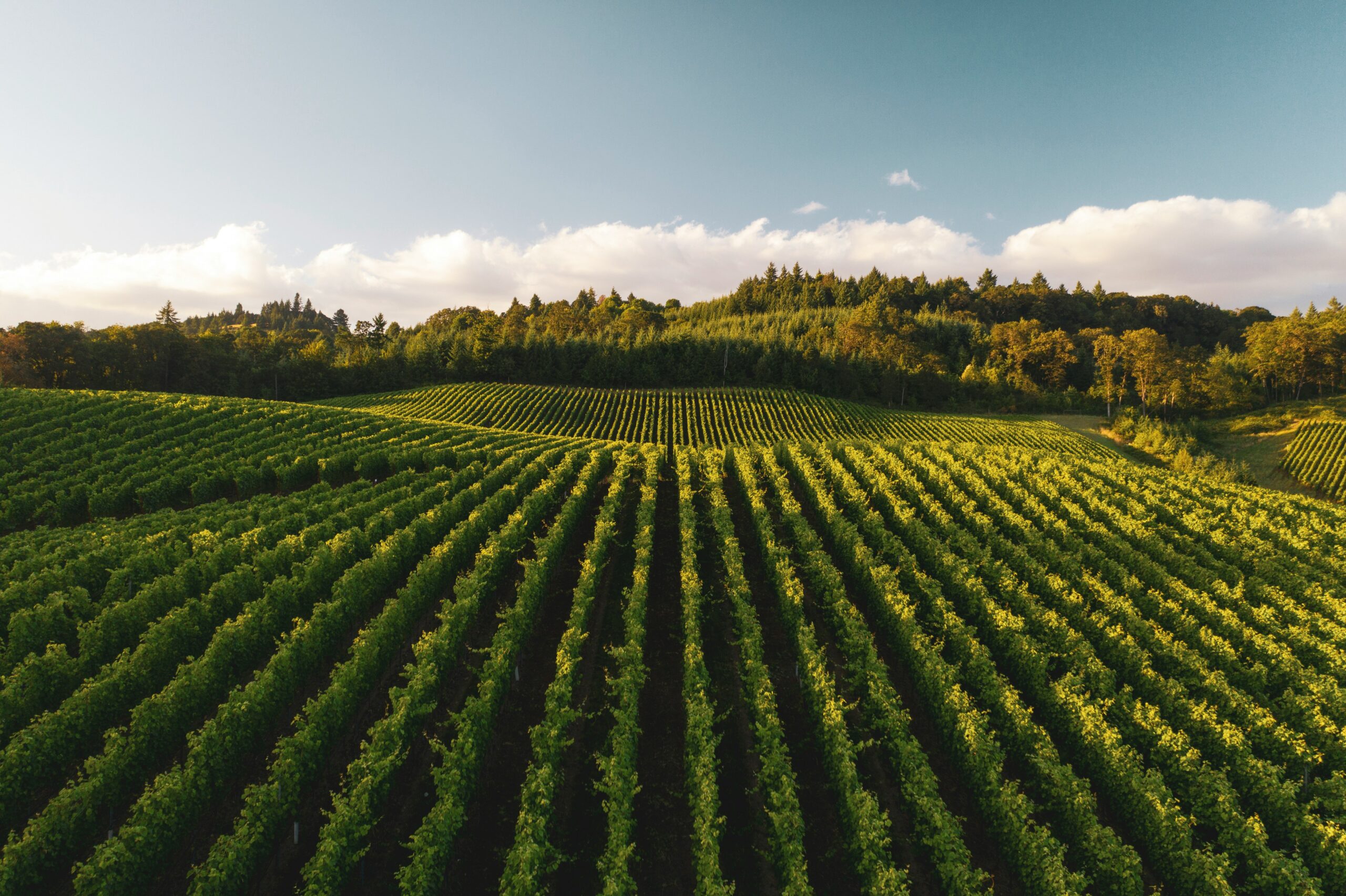
Agriculture and verticle farming
WE RECOMMEND: The NIR hyperspectral camera KUSTA 0.9, or KUSTA 1.7
The VIS spectral analysis of plants can provide information regarding chlorophyll concentration as well as chlorophyll type, carotenoid or anthocyanin concentration. These concentrations can be related to important plant physiological parameters which are utilised in agriculture as an important tool for crop monitoring. These parameters can be related to plant health, crop yield, vegetation stress indication and many more.
For large scale monitoring, satellite data is utilised as fundament for the determination of physiological parameters and vegetation indices (VI). However, the satellite data usually provide a small number of spectral bands, limiting the number of available vegetation indices. More accurate study of vegetation requires the use of so-called narrowband VI, which can only be provided by the use of high spectral resolution systems. For smaller scale monitoring, VIS laboratory spectrometers do provide a full spectral resolution, but a spatial distribution of a parameter in a plant may not be investigated.
The VIS hyperspectral imaging camera KUSTA 0.9 provides full spectral resolution in combination with a high scanning speed and a high spatial resolution. This enables the characterisation of plants in large scale utilising a large number of vegetation indices on a single dataset. On a smaller scale, the spatial resolution enables the monitoring of the distribution of important physiological parameters in a plant. The model KUSTA 1.7 is suitable for determination of IVs in the SWIR spectral range
Online quality control of coffee, cocoa and tobaco products

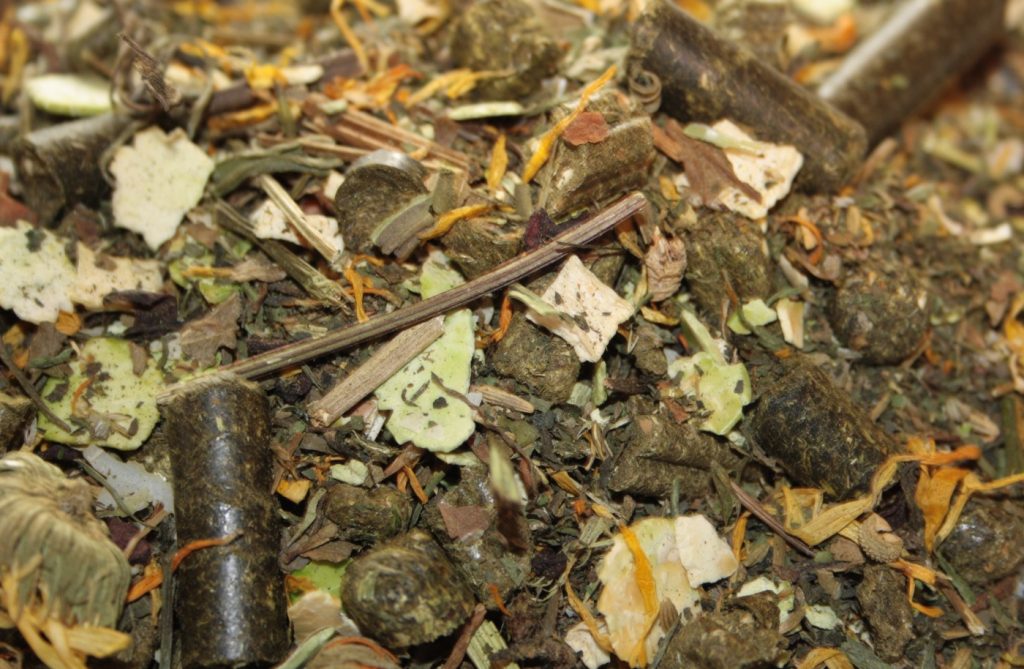
Online quality control of feed mixers
WE RECOMMEND: The NIR hyperspectral camera KUSTA 0.9, or KUSTA 1.7
Feed products such as littered feed, dried animal food, concentrated food and animal feed additives for pets and farm animals can be precisely analysed on foreign bodies e.g. wood, paper, plastics, plant residues and stones by using SWIR hyperspectral camera KUSTA 1.7.



